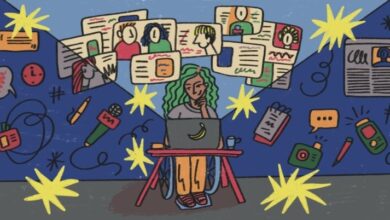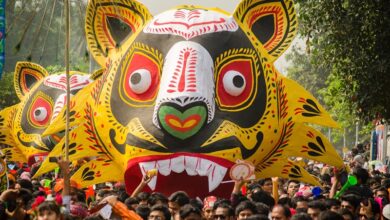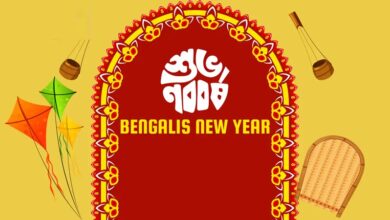THE TRIBAL STRUGGLE FOR REGONITION: A GLOBAL PERESPECTIVE
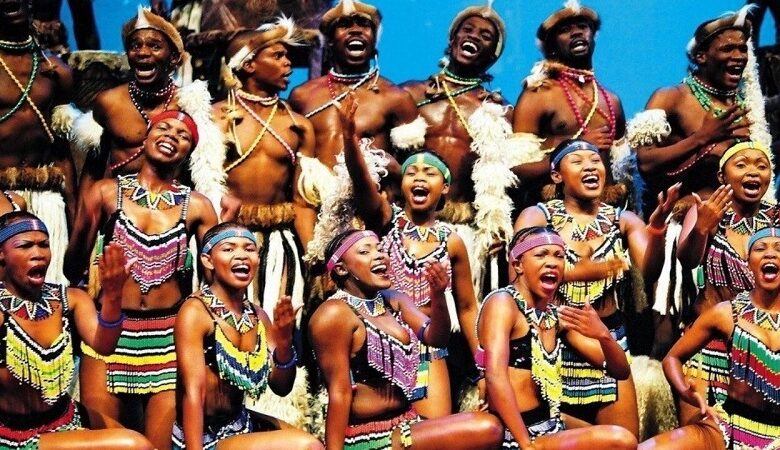
Agnibeena Ghosh/15th June 2024
Throughout the world, various tribal communities are still waging the struggle to be recognized by their country’s governments. Recognition provides legitimacy to these groups and allows them to maintain their traditional ways of life, thus keeping culture alive. Furthermore, recognition ensures that tribal people are given the medical and educational support they need.
Here are some examples of tribes from around the world who are still struggling to be recognized –

- PAHARIAS IN ODISHA, INDIA
Article 342 of the Indian Constitution delineates a “tribe” as an endogamous community possessing an ethnic identity, maintaining traditional cultural practices, speaking a distinct language or dialect, experiencing economic deprivation, residing in relative isolation, governed by internal social norms, and largely self-sufficient economically.Alternative interpretations of “tribes” exist, such as a socially cohesive unit associated with a specific territory, whose members perceive themselves as politically autonomous.
An example of a community fitting these descriptions but not included in the Government of India’s Schedule is the Paharias of Odisha, a primitive tribe residing predominantly in the southwestern region of the state, particularly in Nuapada district. Despite historical recognition as a Scheduled Tribe during British rule, they lost this status upon Orissa’s formation in 1936. Presently, they are officially classified as socially and educationally backward or other backward classes in the state, thus missing out on governmental developmental initiatives for Scheduled Tribes.
The Paharias, though sometimes referred to as Kamars like a distinct community of blacksmiths in Orissa, retain their distinct identity and primitive way of life. Their situation is further complicated by confusion with the Kamars of neighboring Chhattisgarh, despite significant differences, leading to misconceptions about their identity.Over the years, the Paharias have suffered severe marginalization, evident in their socio-economic indicators: low literacy rates, limited educational attainment, widespread poverty, and landlessness. Despite acknowledgment of their plight by various stakeholders, tangible efforts for their upliftment have been hindered by insufficient information and research about the community.

- WACCAMAW INDIAN PEOPLE IN SOUTH CAROLINA, USA
The Waccamaw Indian People, a non-profit organization headquartered in Conway, South Carolina, hold state recognition as a tribe, granted by the South Carolina Commission of Minority Affairs on February 17, 2005, making them the first state-recognized tribe in South Carolina. Although not federally recognized as a Native American tribe, they are distinct from another group, the Waccamaw Siouan Indians, a state-recognized tribe in North Carolina, with no affiliation between the two.
The ancestry of the Waccamaw Indian People can be traced back to the Dimery Settlement, a tri-racial isolate population near Dog Bluff in Horry County, established in the early 19th century. Members claim this settlement originated as an 18th-century Waccamaw village, but historical records only confirm its identification as an indigenous community from the early 20th century onward. In 1994, while known as the Chicora-Waccamaw People, the organization expressed intent to petition for federal acknowledgment as a tribe to the Bureau of Indian Affairs.
In 2021, US Representatives Tom Rice and Nancy Mace introduced the Waccamaw Indian Acknowledgment Act (HR 1942) to pursue federal recognition for the organization. However, the bill did not proceed to a vote and was not addressed during its two years in Congress. As of December 2023, the office of U.S. Representative Russell Fry has been actively involved in discussions and collaboration with the Waccamaw Indian People, supporting their efforts for federal recognition.

- MARAGOLI PEOPLE IN UGANDA, AFRICA
Maragoli, a minority community in Uganda, is not officially recognized as one of the country’s 65 indigenous tribes according to Uganda’s constitution. To obtain an identity card in Uganda, one’s tribe must be listed among the recognized 65. Maragoli, despite being part of the Ugandan community long before colonialism and the formation of Uganda as a nation, face discrimination when they are labeled as non-Ugandan.
The situation of the Maragoli and other minority groups highlights the complex issue of national identity in Uganda, with significant economic, social, and political implications. Gerald, the general secretary of the Uganda Sociologists and Anthropologists Association, notes that these groups are often excluded from government and development opportunities, hindering their economic advancement. Politically, they lack influence as their voices are marginalized within the communities they reside in.
Agnes Kabajuni, Africa regional manager for Minority Rights Group International, states that at least 15 minority tribes in Uganda are effectively stateless, rendering them invisible in many aspects of society. They face numerous challenges, including difficulties in registering mobile phone SIM cards, obtaining passports, accessing certain public health services, and receiving government scholarships or funds for economic initiatives.According to Article 10 of the constitution, citizenship is granted to individuals born in Uganda whose parents or grandparents belonged to an indigenous community residing in Uganda as of February 1, 1926. Citizenship is also extended to those born outside Uganda with at least one parent or grandparent who was a Ugandan citizen by birth.
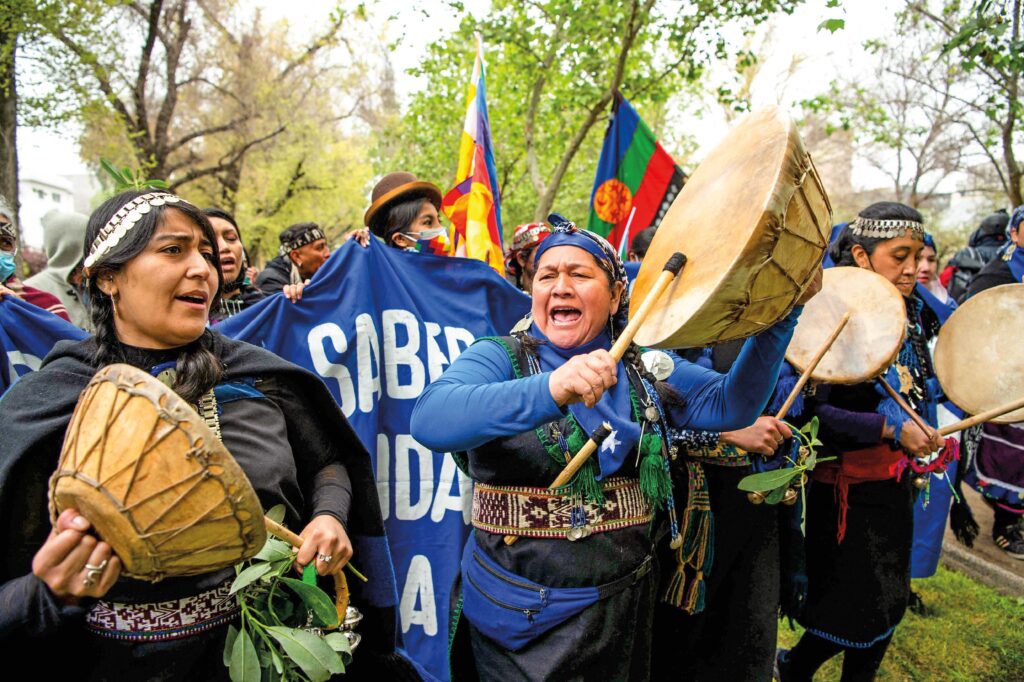
- MAPUCHE IN CHILE, SOUTH AMERICA
Before the arrival of the Spanish, the Mapuche lived in dispersed agricultural communities across the Central Valley. Each village had a chief, known as a cacique, whose authority typically extended only to his own settlement. The Mapuche engaged in farming, cultivating crops such as corn, beans, squash, potatoes, and chili peppers. They also hunted, fished, and raised guinea pigs for food, while using llamas as pack animals and a source of wool. A person’s wealth was measured by the size of their llama herd.
The Mapuche are renowned for their resistance against Spanish and later Chilean rule, spanning over 350 years. To combat Spanish colonization in the 16th, 17th, and 18th centuries, they adapted their traditional lifestyle. Distant villages formed alliances for military, political, and economic purposes. Mapuche warriors mastered horseback warfare against the Spanish, and leaders like Lautaro emerged as adept strategists.
After Chile gained independence from Spain in the 1800s, the Chilean government relocated the Mapuche to reservations. For more than a century, the Mapuche collectively owned and farmed reservation land, which creditors couldn’t seize from individual Mapuche. However, in the early 1980s, the Chilean government transferred ownership of reservation land to individual Mapuche, exposing them to the risk of losing their property and livelihoods if they couldn’t repay debts. Since the Mapuche historically practiced less intensive agriculture, they often accumulate debt for agricultural supplies and seeds.
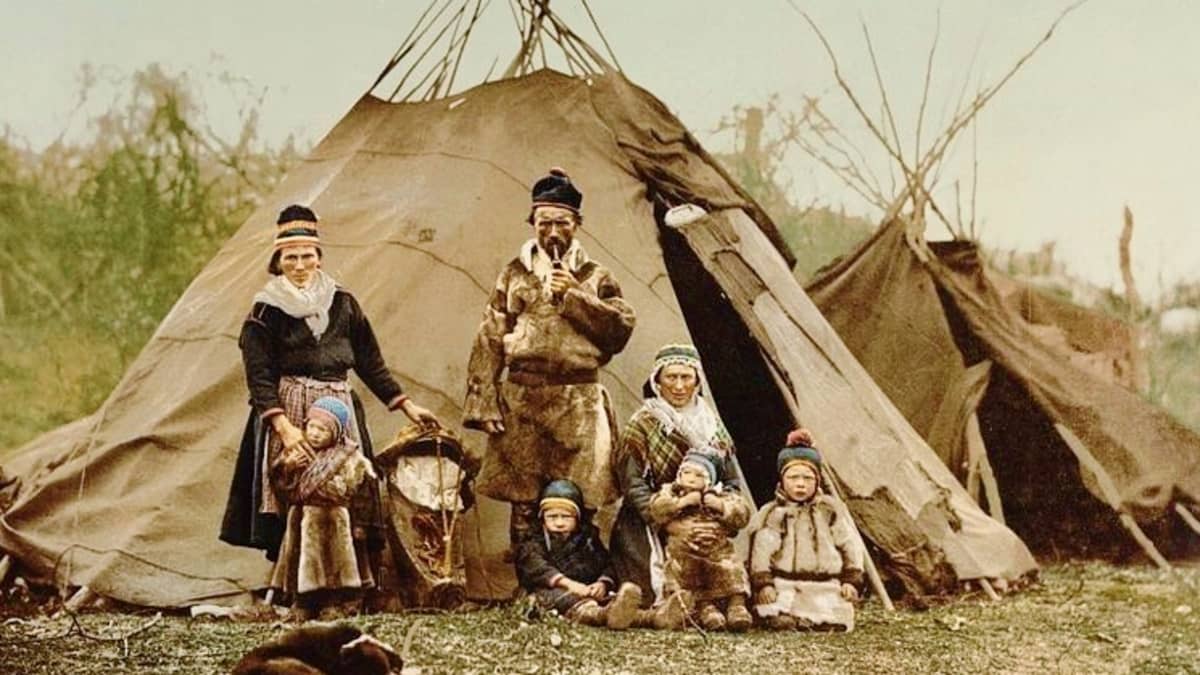
- SAAMI PEOPLE IN SCANDINAVIA, EUROPE
The Saami emerged as a distinct ethnic group in Scandinavia roughly 2,000 years ago. Although they are commonly associated with semi-nomadic reindeer herding today, their traditional livelihood encompassed hunting, fishing, trapping, and farming.Starting from the Middle Ages, the Saami faced continual displacement northward due to migration into their territories, resulting in the gradual loss of land and access to natural resources. Efforts were made to convert them to Christianity, and assimilation policies, particularly prominent in Norway and Sweden in the late 19th century, aimed to suppress Saami languages and cultural practices. Until the 1960s, many Saami children were compelled to attend boarding schools where speaking their native tongue was prohibited.
Present estimates of the Saami population vary widely, with approximately 50,000 to 65,000 in Norway, up to 20,000 in Sweden, around 8,000 in Finland, and 2,000 residing on the Kola Peninsula in Russia. Despite constitutional protections afforded to the Saami, lacking implementing legislation and comprehensive guarantees for cultural self-determination pose significant challenges. The Swedish constitution’s provision regarding the Saami is particularly deemed weak, while the Russian constitution does not address the Saami at all.
Saami parliaments have been established in Finland (1973), Norway (1989), and Sweden (1993), representing a positive move towards self-governance and providing vital advisory functions to governments. However, issues persist as these parliaments possess limited decision-making authority, and many Saami abstain from participating in elections.
Although there is specific legislation aimed at safeguarding Saami languages, such as in Finland and Norway, these laws are often restricted or not fully enforced. Access to public education in the Saami language is confined to designated areas, leaving a significant portion of Saami children without access to education in their mother tongue.



